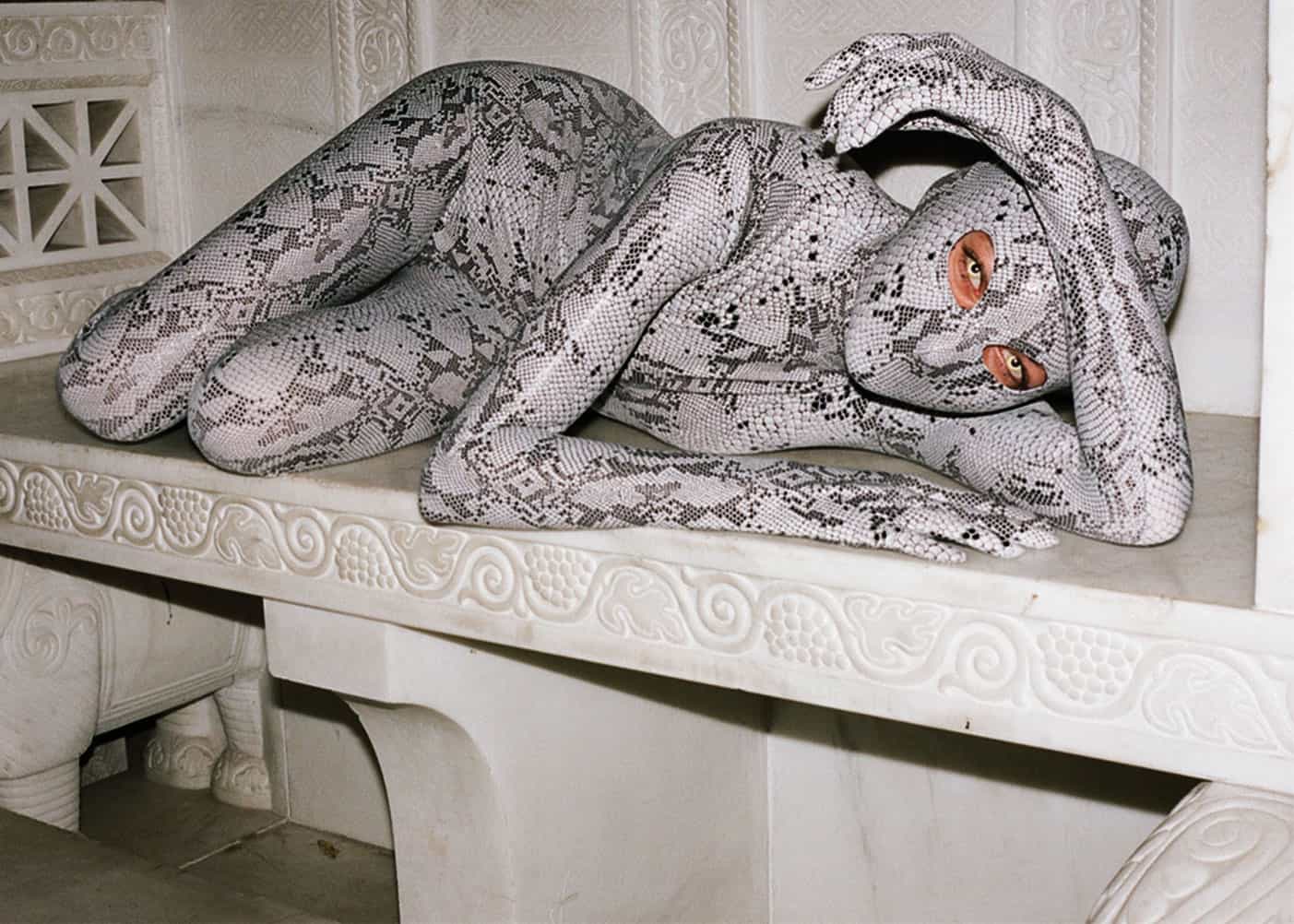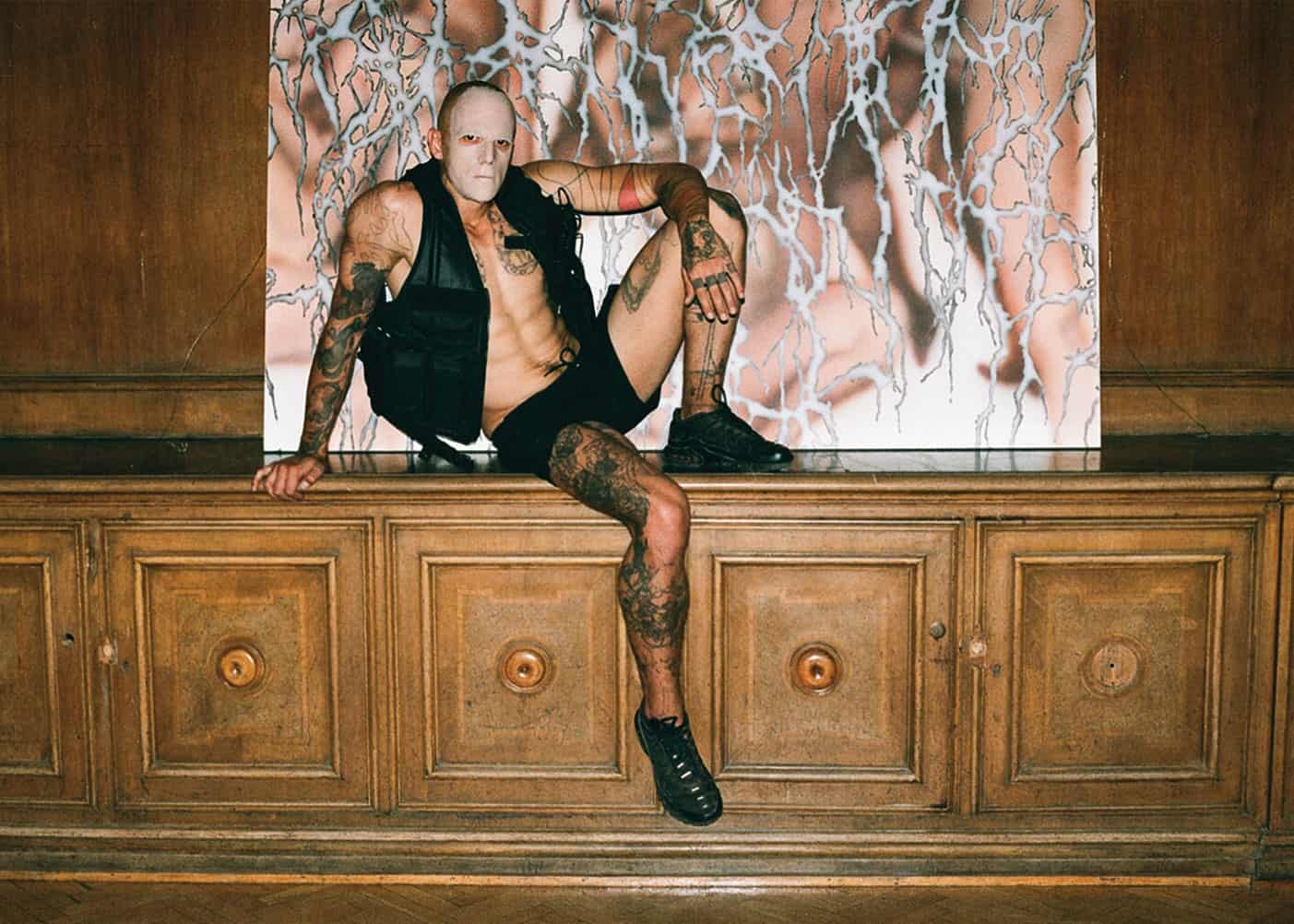This year marks the 38th edition of the competition for the best diploma project for students who are about to finish their studies at the University of the Arts in Poznań. The title of this edition is “Polemics of Art”.
The competition idea was inspired by the will of Maria Dokowicz, a graduate of the university, who donated money before her death to the best students of her Alma Mater so that they could receive scholarships to travel to the United States for educational and professional purposes. The competition format has been changing through the years. Nowadays, each university department decides which diploma projects are the best and deserve to be entered in the competition. Main prizes are awarded in two categories: fine arts and design. There is also an accompanying exhibition organised, where visitors can admire all submitted works.
Below you will find descriptions of the eight most exciting works and designs by young artists, which, in our opinion, should attract your attention.
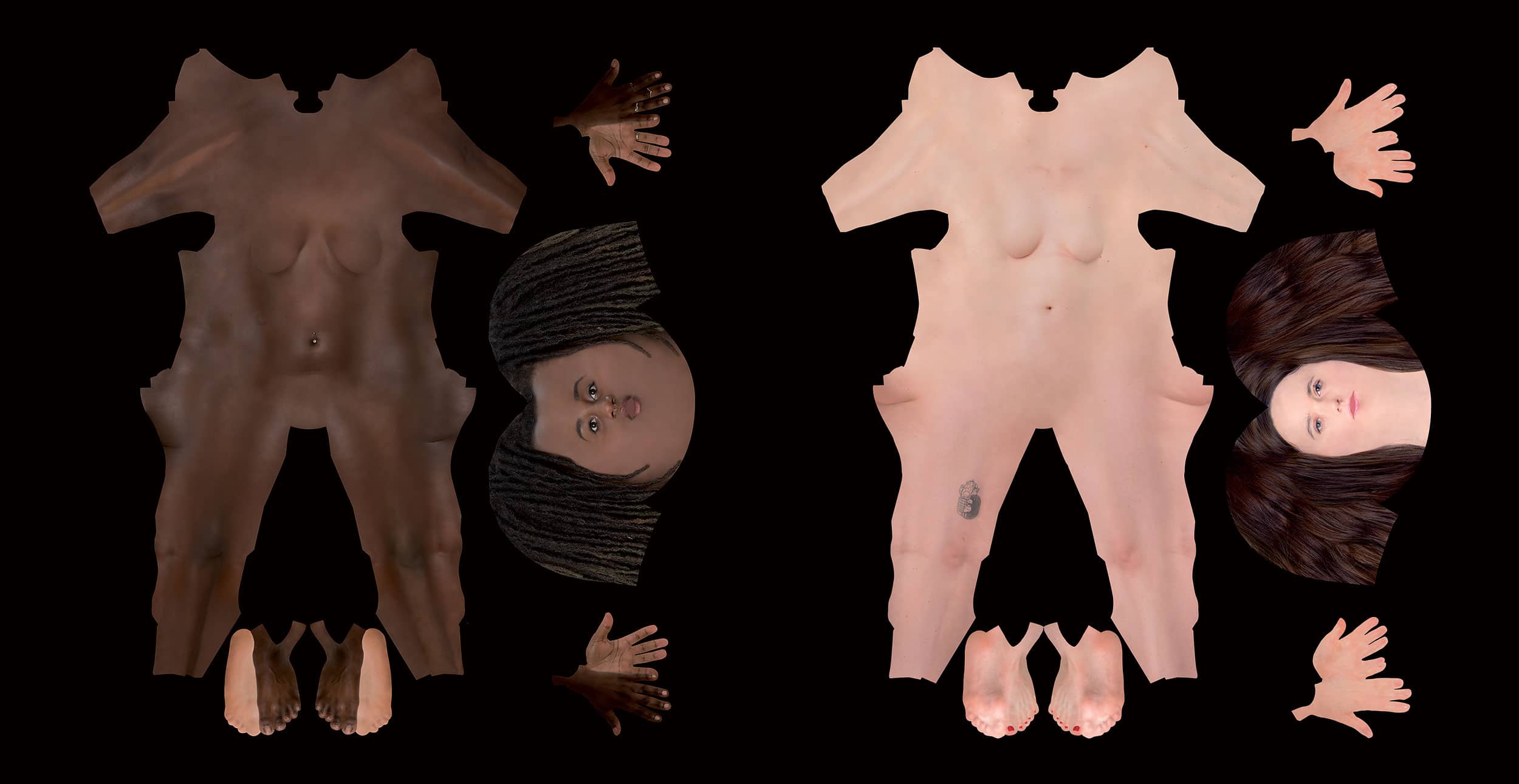
Appetite
Yuliia Andriichuk: Appetite
This work narrates around the topic of food not only in the context of the physicality of the human body, but also going much further than physiology. Printouts at a scale of 1:1 present human bodies, which are detailed representations of a contemporary Vitruvian Man, juxtaposed with animal skin rugs. The accompanying short films present silhouette interviews with three women who discuss complex attitudes towards food, which can be treated as an aid to reduce stress and control human emotions or compensation for the lack of something more significant in life. The impact of food on the human body is also debated by the interviewed women, who elaborate on changes in self-perception and social position which food can provoke. The project along with the theoretical work is aimed at presenting in detail the topic of corporal identity of animals (including human beings) during Anthropocene era.
Constituent parts/techniques used: six printouts, three videos

Appetite
Aleksander Błaszkiewicz: “Snakes, dragons and phantoms.”
The project “Snakes, dragons and phantoms” is a peculiar story of ghosts, destructive elements and wildness. It touches upon the condition of contemporary cyborg-like bodies and our identity in general. The story features warriors and lovers, travellers and melancholics. The events within the project are ephemeral and do not combine into the linear narration. Participating performers become works of art themselves, mainly thanks to make-up and the roles they are assigned. They designate the beginning and the end of humanoid temporal loops, which virtually swallow up the audience. SOMA is the key to decode this complex labyrinth. Soma is a body or a mythological gods’ beverage, which can make anyone immortal. At the same time it is Huxley’s Soma, i.e. an exceptional remedy that can easily improve your physical and mental state and reduce anxiety, however, at the same time, allows the authorities to control society.
Constituent parts/techniques used: airbrush paintings, objects, video, performance

Snakes, dragons and phantoms
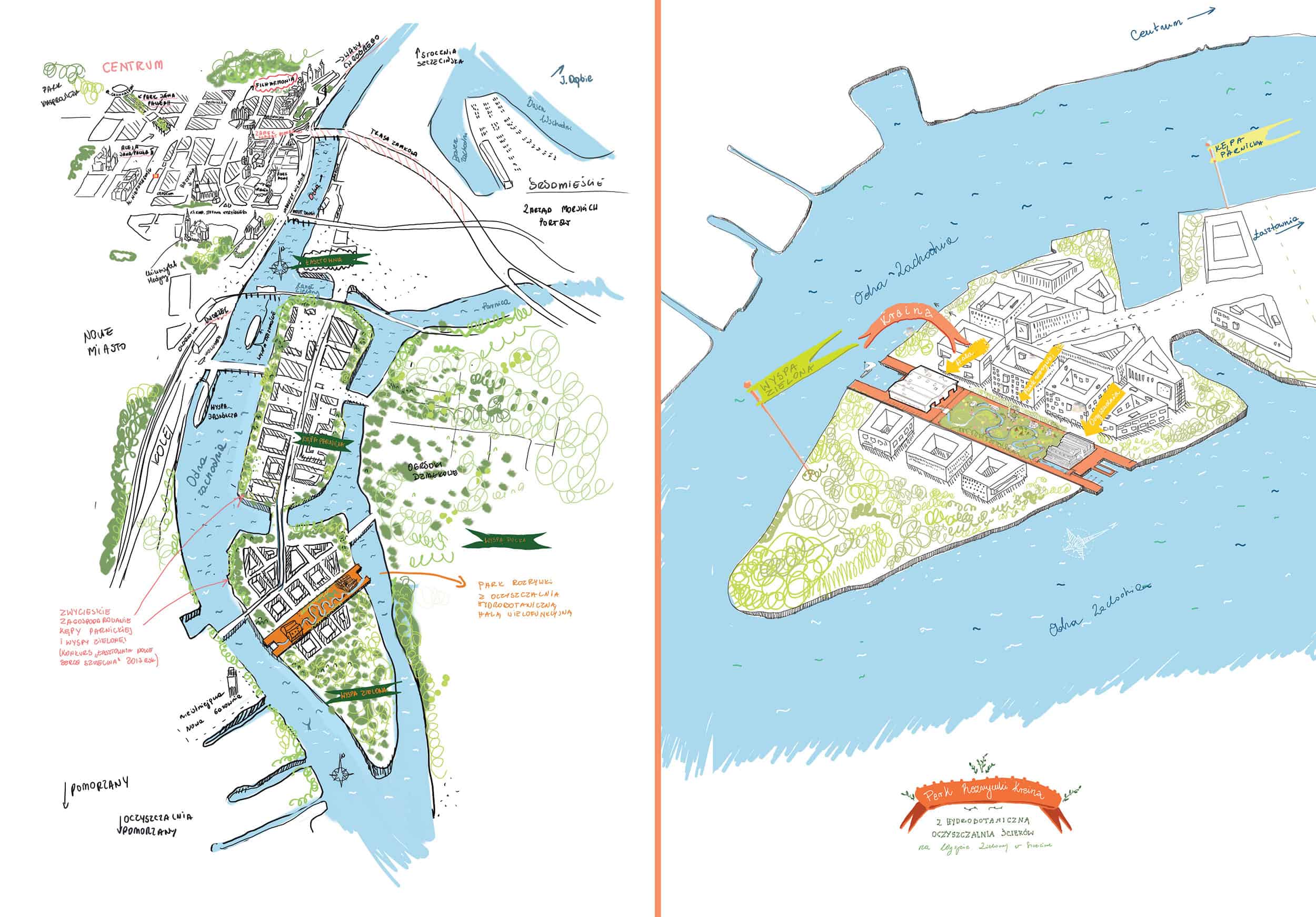
Entertainment and educational park with hydrobotanic wastewater treatment plant on the Green Island in Szczecin
Sonia Dubois: Entertainment and educational park with hydrobotanic wastewater treatment plant on the Green Island in Szczecin
In her project, the artist touches upon the topic of Polish rivers. She emphasises the fact that water in more than half of those rivers is of the very poor condition and that Szczecin is among the cities which contaminate rivers with municipal wastewater to the greatest extent. Wastewater discharged into rivers contains substances which are dangerous for people and aquatic ecosystems. The design of entertainment and educational park with hydrobotanic wastewater treatment plant on the Green Island in Szczecin was created following the analysis of these problems. The proposed solutions are aimed at treating wastewater for the future inhabitants of the island. They are also supposed to attract public attention to this serious problem and provide a space, which the city could use in a creative way.
Constituent parts/techniques used: digital prints on paper, paper model, maps, catalogues
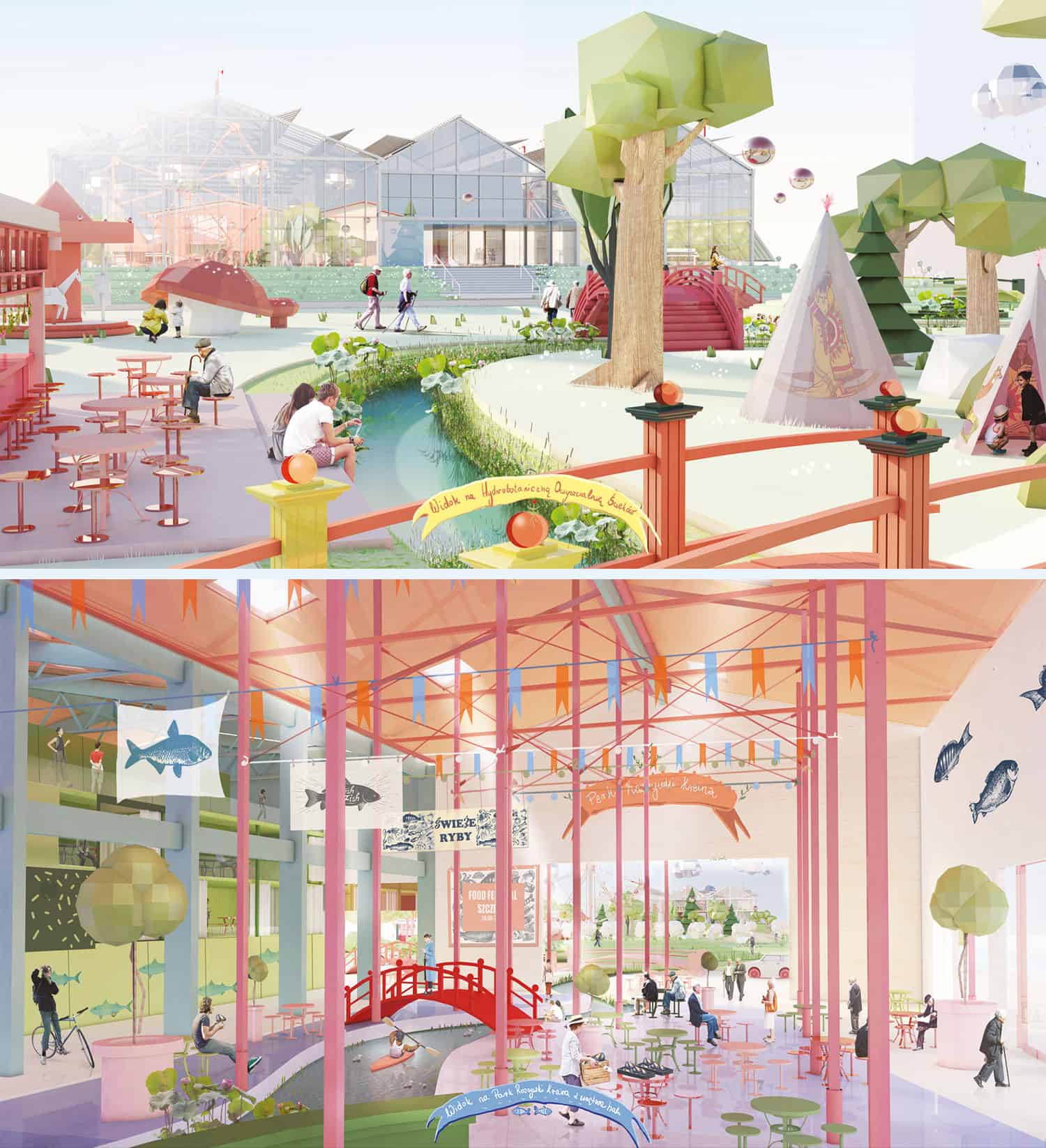
Entertainment and educational park with hydrobotanic wastewater treatment plant on the Green Island in Szczecin
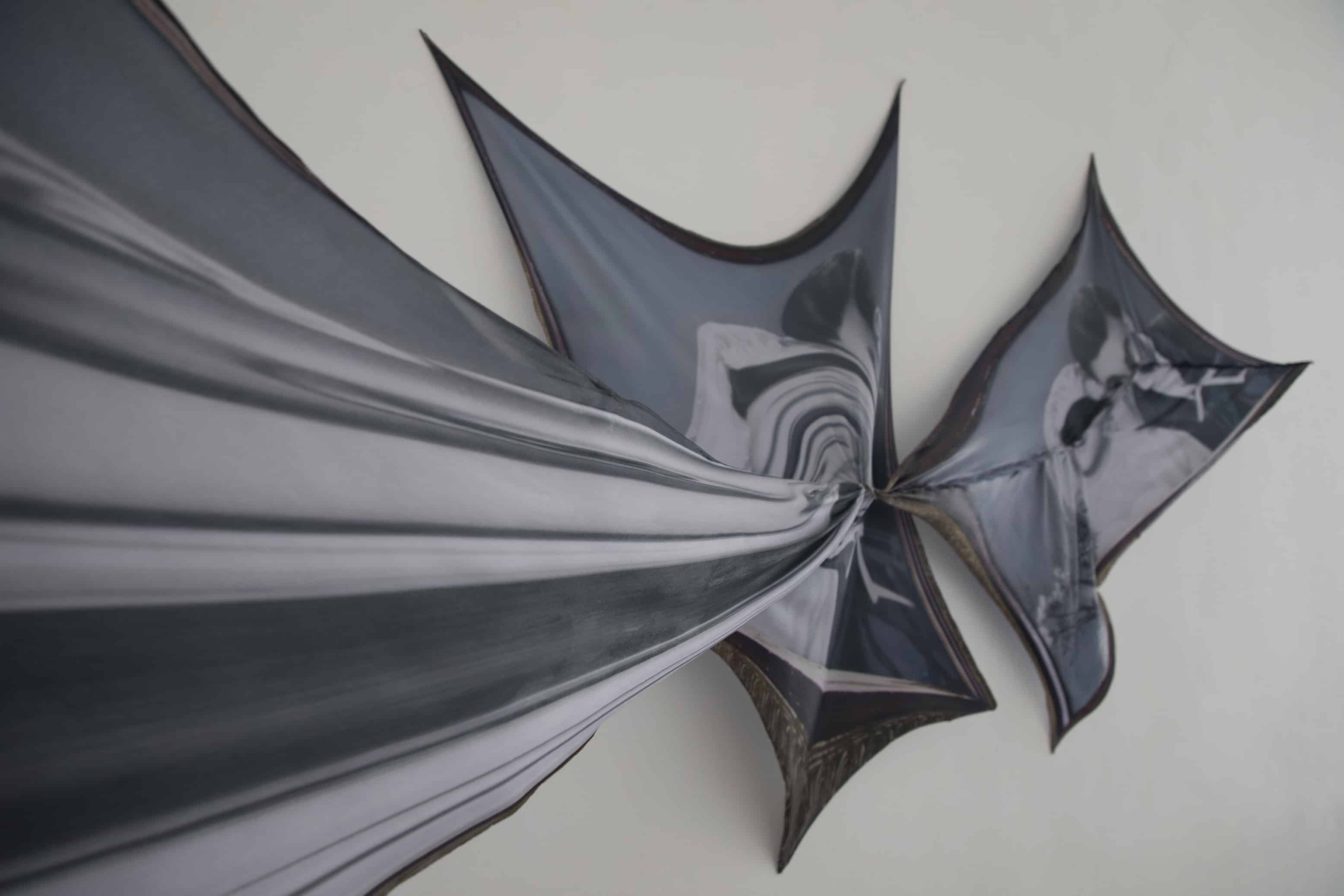
Memory Leak
Mateusz Furtas: Memory Leak
The project entitled “Memory Leak” can be interpreted on several levels at the same time. On one hand, it analyses the nature of interconnectedness between human memory and photographic memory, especially taking into account the fact that photographs can trigger memories. Pictures created in our mind as a result of overlapping photo-based and real-life memories are probable and improbable at the same time, which makes them truly unique. On the other hand, the project can be interpreted as a breach of data retrieved from the computer matrix, which produces deformed physical objects. In his project this young artist also resorts to portrait photography and family photography. Through physical contact, cutting and sewing he researches physical interaction with these pictures, both representative and atypical at the same time.
Constituent parts/techniques used: print on fabric, own technique

Memory Leak
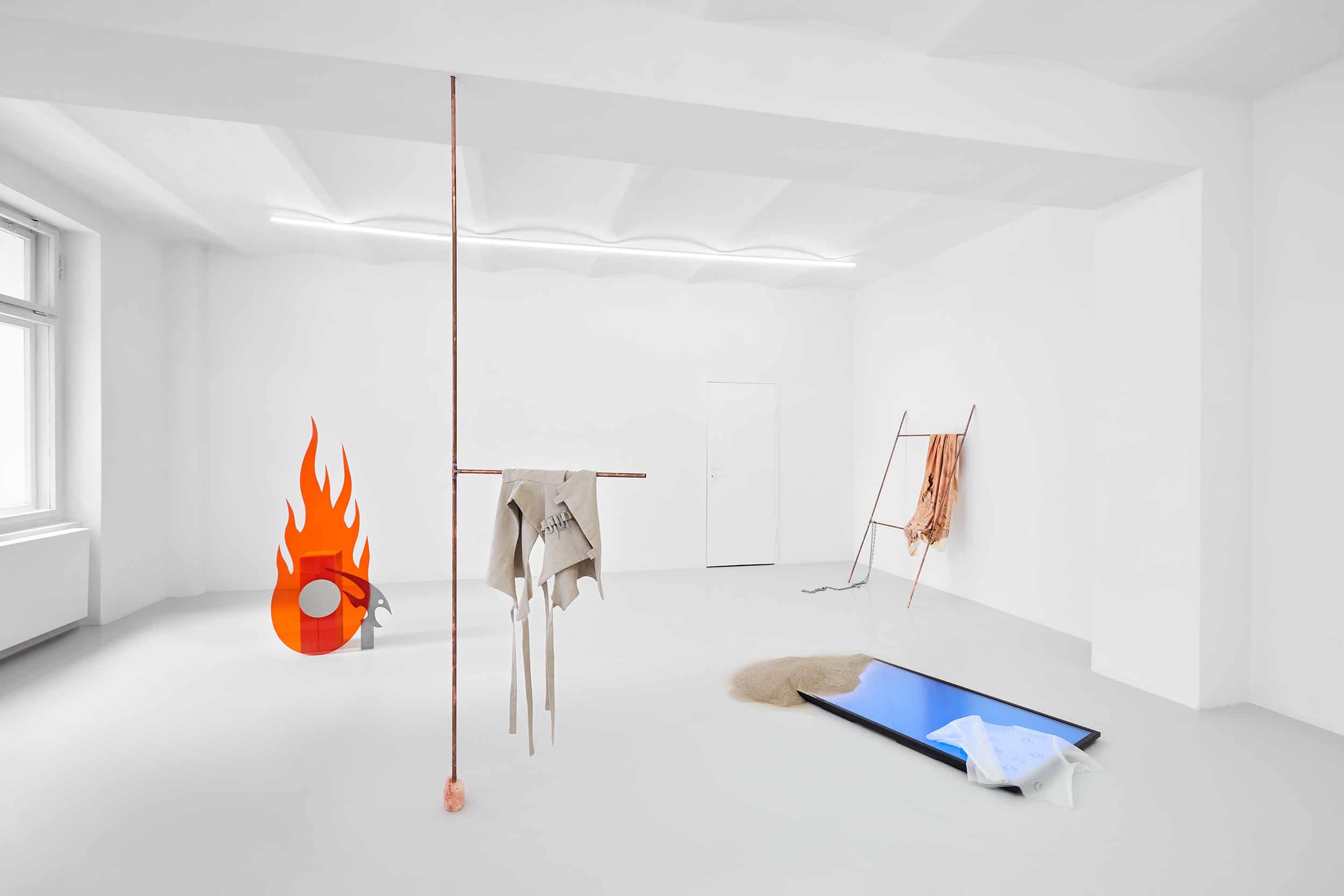
Overwrite / Discard / Save both
Michał Knychaus, Urszula Lucińska: Overwrite/Discard/Save both
The title of this work was inspired by the message which appears on a computer screen when we attempt to save a file under the name of another file already saved in the same folder. The artists analyse the choice we have to make facing continually developing technology, which gradually replaces humans. Objects served as vehicles to build multi-layered narration. The main focus is the latest version of the Poetbot algorithm, which was developed for entertainment purposes, whereas in fact it collects and processes user data. Other objects included in the work combine into a network of meanings that are connected, but at the same time autonomous to a certain extent. The exhibition constitutes a hypertextual tale about visions of the future which are eagerly competing to take the world over.
Constituent parts/techniques used: a series of objects (various materials), original algorithm, online application/installation of multiple elements

Overwrite / Discard / Save both
Adrian Kurpisz: Creating visual representation for Moralia Philosophy Festival
Moralia is a philosophy festival with the program revolving around various ethical issues. When creating visuals to represent this event, Adrian Kurpisz focused on accurately complementing verbal messages using graphics. Each constituent part of his project uses very different means, characteristic for the language of a given work. Posters feature graphic symbols which are related to philosophical dicta written on the margin. Quotes by famous philosophers and graphical representations perfectly complement each other without restricting the audience. They allow the audience to think over and reflect deeper on what a given poster is communicating. Ethics is not only about the story of sages. It is our daily responsibility. Given that, the artist challenges every one of us to fill in the notebook we can find at the end of the festival booklet.
Constituent parts/techniques used: digital prints

Visual representation for Moralia Philosophy Festival
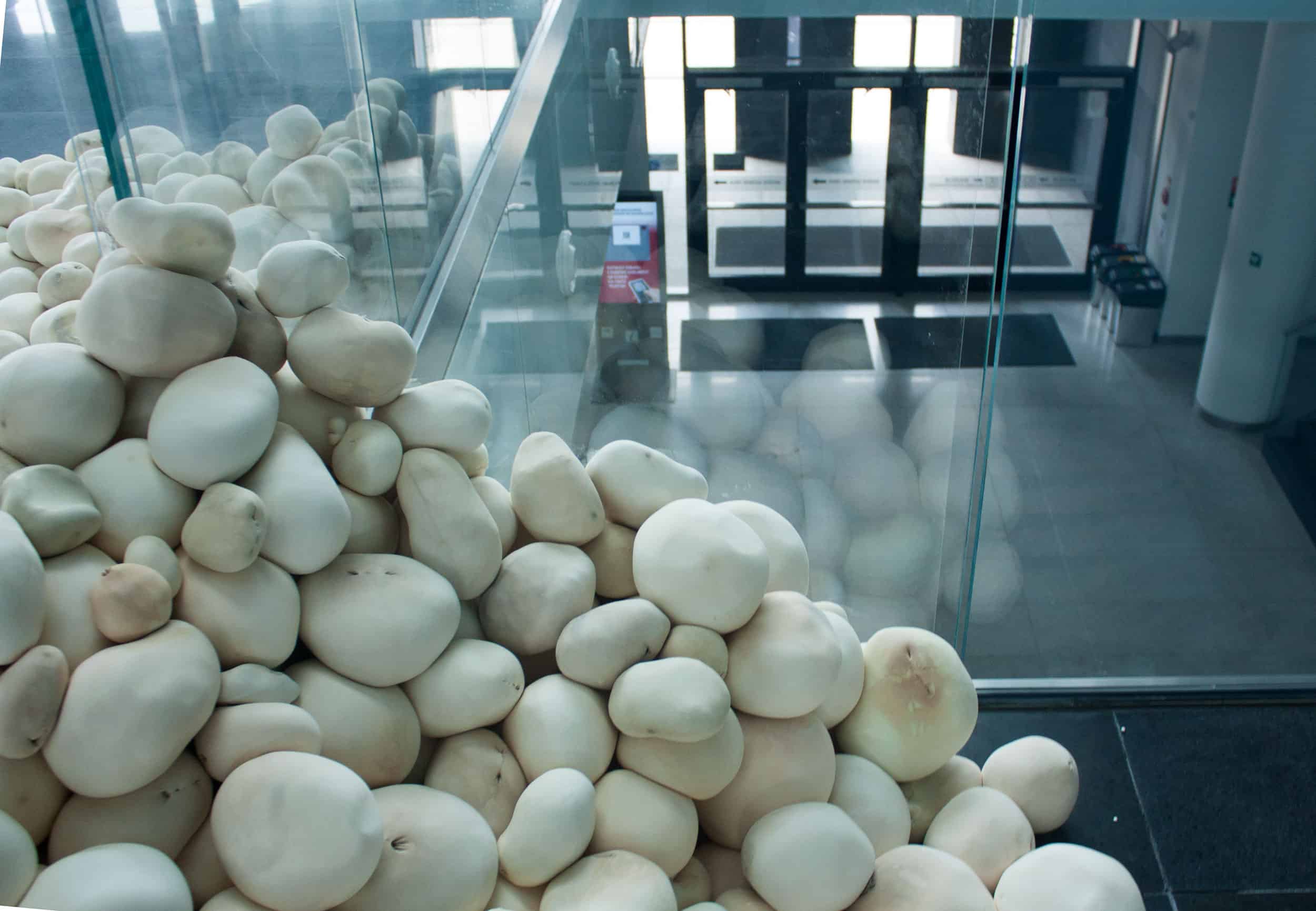
Engrams
Katarzyna Łukasik: Engrams
The starting point of the project created by Katarzyna Łukasik was the assumption that our own body is something closest to us and the most real thing we know. Our body becomes the very first instrument we use in social interaction. The artist draws our attention to the fact that by controlling ourselves and shaping our body and mind from the very young age we deprive ourselves of real freedom. We become restricted also through a constant quest for safety and need for acceptance. Freedom is about gaining new experiences and this is what we lose. We treat the new as something dangerous, which puts us at risk of mixing up the schedule of our seemingly balanced and ordered everyday life. “Engrams” project was inspired by squish toys filled with powder which many of us know from our childhood. These toys were pleasant to touch and allowed us to create various shapes in an unrestricted manner freely. These haptic objects bear the signs of us touching them, not only in a physical sense, bus also understood as experiences.
Constituent parts/techniques used: sculptures – latex, plaster, potato flour, hair, henna, glue
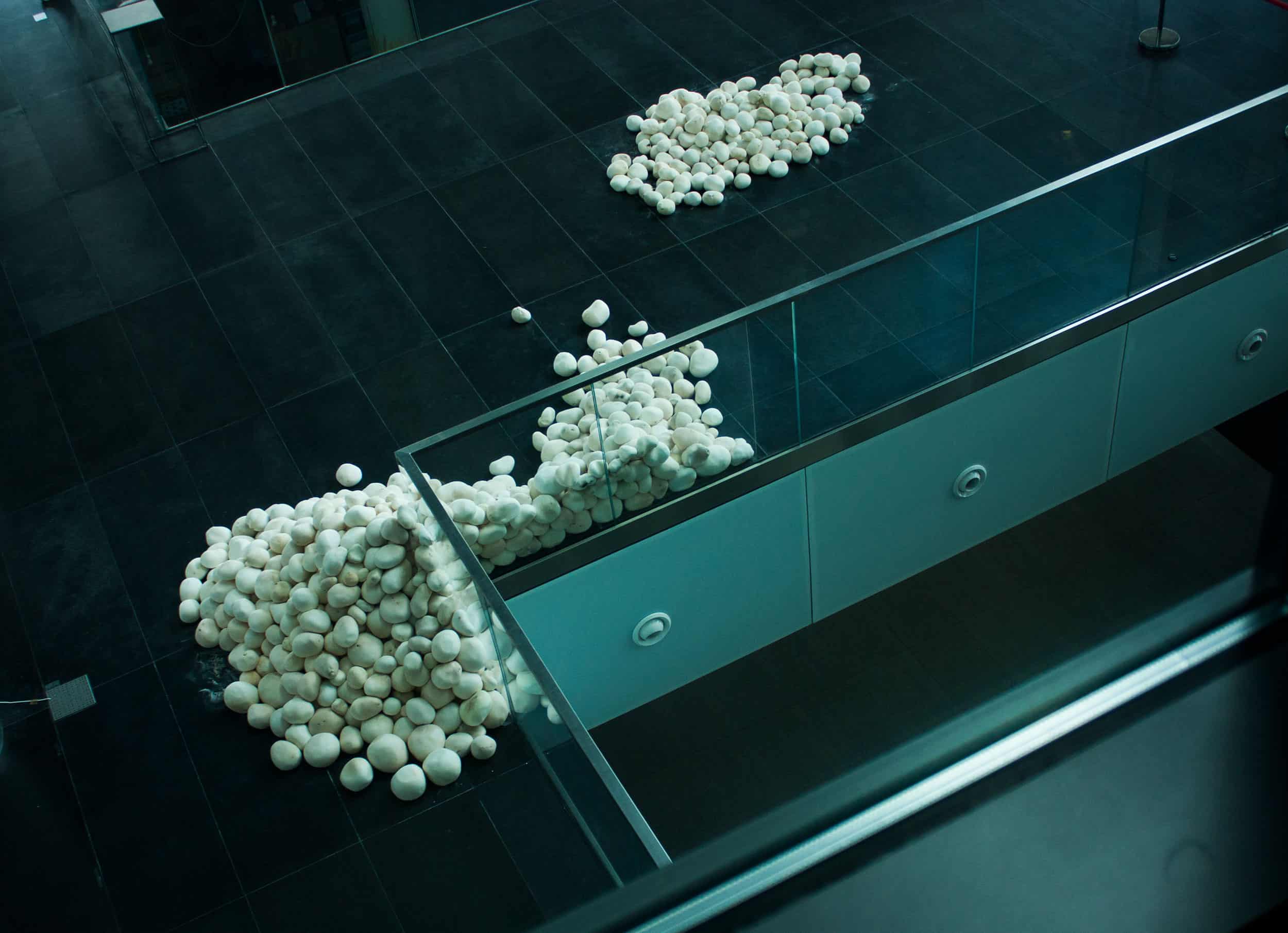
Engrams
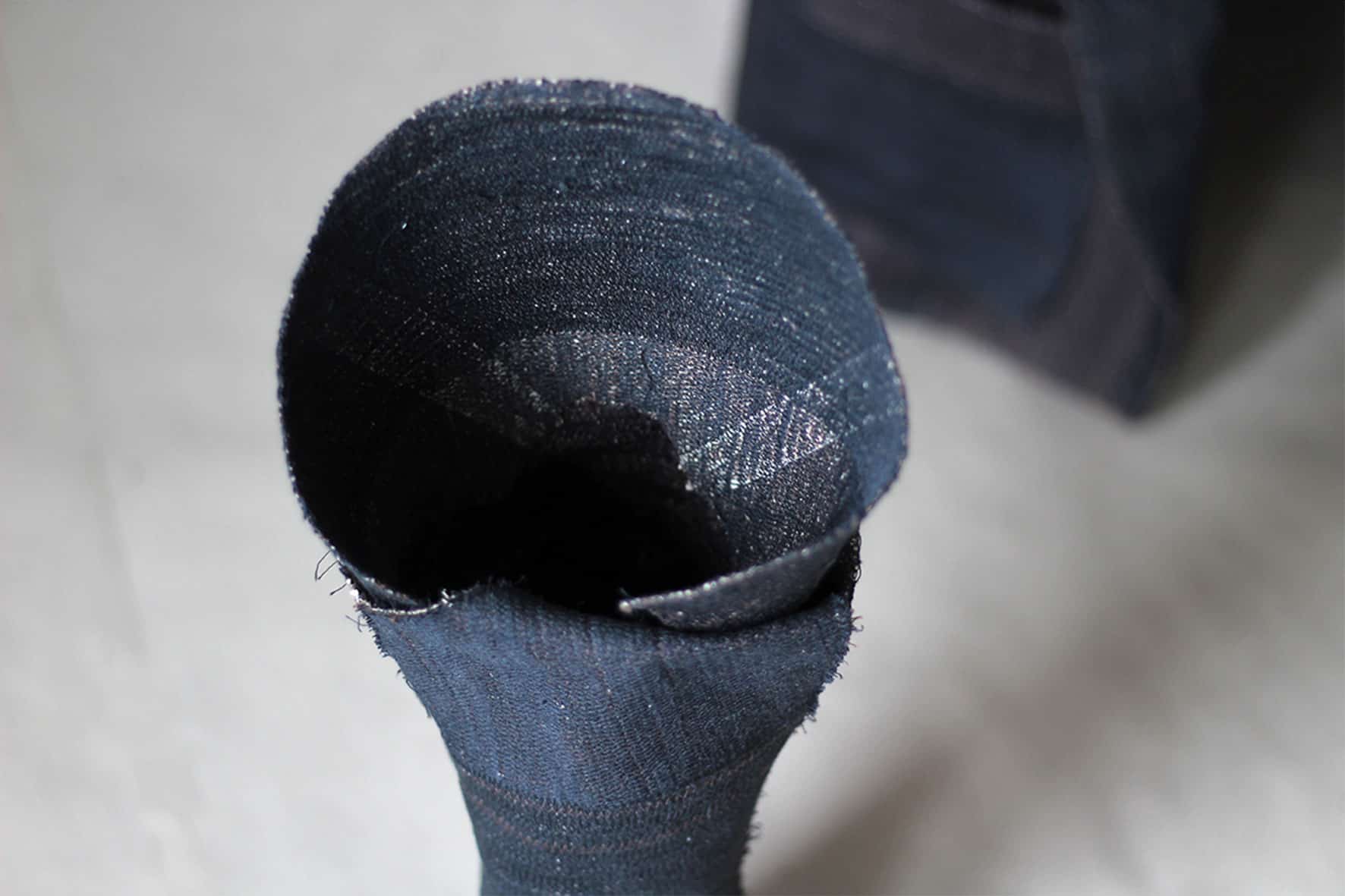
Forms presented against the white landscape background
Monika Mazurkiewicz: Forms presented against the white landscape background
In her project, the artist created her tapestry. As she said: “The process of creating my tapestry and working with fabric was something I had the opportunity to engage in also on another occasion, besides sewing itself. In general, it directly influenced my experience with thread. Sewn forms seemed harmonious. They gave me so much back for my time I devoted to working at the sewing machine. They seemed to be in search of a perfect place to present themselves fully.” The artist also included in her project some objects which she found at various places she walked through.
Constituent parts/techniques used: tapestry – own technique, grey paper sewn together with a thread using the sewing machine

Forms presented against the white landscape background
Contemporary Lynx is the proud media partner of the 38th edition of the Maria Dokowicz Competition organised by the University of the Arts in Poznań.



